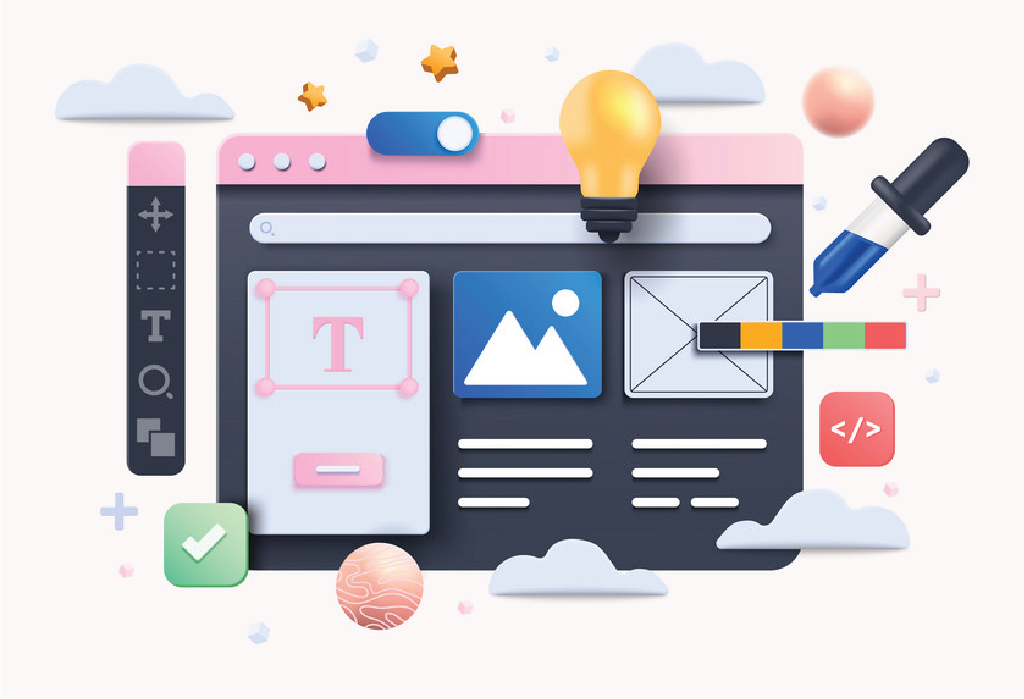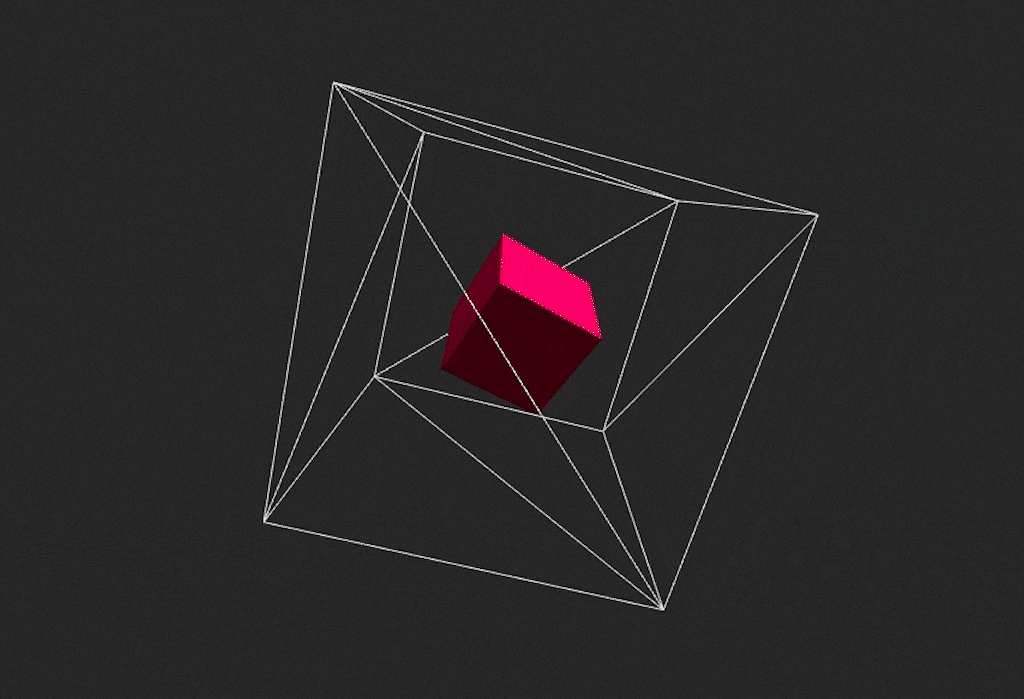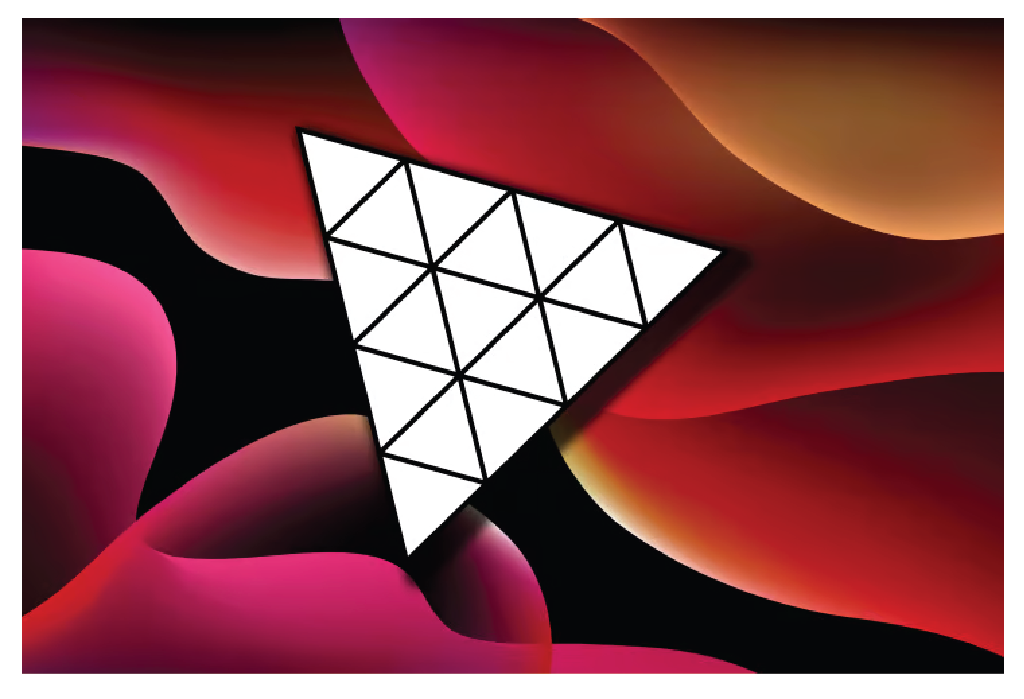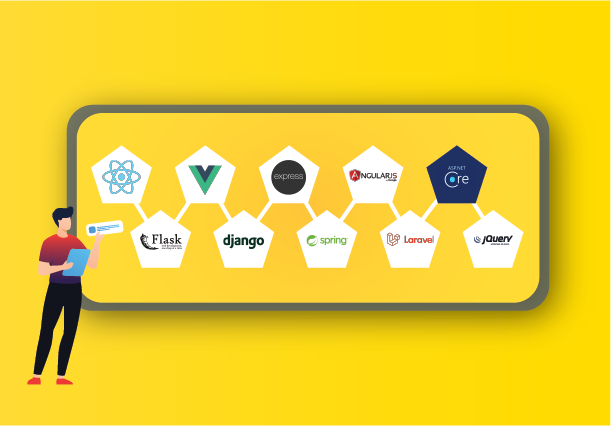Embarking on an Exploration: Understanding Three js Framework for 3D Web Development
The dynamic realm of web development has witnessed a revolutionary metamorphosis with the fusion of three-dimensional (3D) graphics, paving the way for immersive and interactive online experiences. Amidst the plethora of tools and libraries available, a luminary has risen in prominence – the Three js framework. This remarkable framework has garnered attention for its ability to provide developers with a versatile and user-friendly platform to harness the capabilities of 3D graphics within web applications. In this comprehensive exploration, we are set to delve into the very essence of what is Three js framework, unravel its core components, and gain insight into its transformative impact on the landscape of web development.
Within the vibrant tapestry of web development, the seamless integration of three-dimensional (3D) graphics has woven a narrative of captivating and immersive digital experiences.  Amid a myriad of tools and libraries available, one framework has taken center stage – Three js. This framework has emerged as a guiding beacon, empowering developers to effortlessly infuse the potential of 3D graphics into their web applications. In this journey of exploration, we will embark on a profound exploration of the foundational pillars of the Three js framework, acquaint ourselves with its elemental architecture, and grasp its profound influence on the ever-evolving canvas of web development.
Amid a myriad of tools and libraries available, one framework has taken center stage – Three js. This framework has emerged as a guiding beacon, empowering developers to effortlessly infuse the potential of 3D graphics into their web applications. In this journey of exploration, we will embark on a profound exploration of the foundational pillars of the Three js framework, acquaint ourselves with its elemental architecture, and grasp its profound influence on the ever-evolving canvas of web development.
We’ll discover Three js’ adaptability across a range of areas together. From innovative data visualisation to appealing visual storytelling to interactive educational systems, and even reaching into the unexplored realms of augmented and virtual reality. So buckle up as we set off on an educational journey where code and imagination converge to build the future of web interaction.
The Core Components: Scenes, Cameras, and Renderers
In order to properly understand what is three js used for, one needs to become familiar with its three primary building blocks: Scene, Camera, and Renderer. These components work together to create realistic 3D experiences. Understanding the interactions between materials and light can also help create realistic visual effects. Finally, gaining knowledge of geometry manipulation and shader programming can lead to the development of more sophisticated artistic expression. Additionally, knowing how to animate objects enables them to move dynamically, and utilizing loaders and importers makes it possible to seamlessly include outside 3D models. Three js is a crucial actor in interactive web design because it allows users to explore interaction through controls, which increases user engagement.
In Three.js, the Scene acts as a holding area for all 3D elements, including lighting and cameras. It serves as a blank canvas for creators to arrange their interactive visual narratives. The content that is seen by the user can be dynamically controlled by developers by adding and removing objects from the scene.  The scene is at the center of any Three js project because of this dynamic control over object transformations, animations, and intricate interactions. Scenes can also be utilized to build multi-layered environments, which adds to the complexity and richness of the virtual world that users interact with.
The scene is at the center of any Three js project because of this dynamic control over object transformations, animations, and intricate interactions. Scenes can also be utilized to build multi-layered environments, which adds to the complexity and richness of the virtual world that users interact with.
The vantage point from which the scene is seen is determined by cameras. Developers can experiment with a variety of viewpoints and angles thanks to the varied perspectives offered by various camera types, such as OrthographicCamera and PerspectiveCamera. For the creation of captivating and immersive experiences, this flexibility is crucial. Cameras enable the introduction of dynamic user-controlled views, boosting interactivity and allowing users to explore the 3D environment from their desired vantage point. Cameras also regulate what the user sees.
The 3D scene must be converted by the renderer into a 2D image that can be seen on the user’s screen. Support for WebGL, Canvas, and SVG renderers in Three js allows for a variety of use cases and device capabilities. The 3D picture is ultimately brought to life in a format that can be smoothly integrated into web pages through complex computations to approximate lighting, shading, and depth. The renderer enables developers to produce visually spectacular and engaging web-based 3D content by successfully using the capabilities of underlying graphics technologies.
From Architecture to Gaming: Exploring the Versatility of Three js
Three js is a versatile library that has found numerous real-time applications across various industries, enabling interactive and engaging 3D experiences directly in web browsers. Here are some examples where three js are useful in 3d app development:
Three js has been used to create browser-based games, interactive storytelling experiences, and virtual worlds. Its ability to handle 3D graphics and animations in real time makes it a powerful choice for game developers looking to reach a wide audience without requiring users to install additional software. Architects and interior designers use Three js to create interactive virtual walkthroughs of buildings and spaces. Clients can explore designs, change materials, and experience the environment as if they were physically present, aiding in decision-making and design refinement. E-commerce platforms use Three js to build product configurators that allow customers to customize products in real time. This is particularly popular in industries like furniture, automotive, and fashion, where customers can visualize and personalize products before making a purchase.  Three js helps educators create interactive educational content that demonstrates complex concepts in subjects like physics, biology, and astronomy. Students can manipulate 3D models, enhancing their understanding of abstract ideas.
Three js helps educators create interactive educational content that demonstrates complex concepts in subjects like physics, biology, and astronomy. Students can manipulate 3D models, enhancing their understanding of abstract ideas.
Data scientists and analysts use Three js to visualize complex datasets in a more intuitive and interactive manner. 3D graphs, charts, and diagrams provide new insights into data patterns that might be challenging to understand in traditional 2D representations. Travel and hospitality industries utilize Three js to create virtual tours of destinations, hotels, and landmarks. This allows potential travelers to explore and get a feel for a location before booking a trip. Artists and designers push the boundaries of creative expression using Three js to build interactive art installations, web-based galleries, and multimedia experiences that engage audiences in unique ways. Three js is used to develop training simulators for various industries, including aviation, medicine, and heavy machinery operation. Simulators provide a safe and cost-effective way to train individuals in controlled environments. Online design platforms leverage Three js to provide users with the ability to create 3D models, scenes, and animations directly in the browser, eliminating the need for specialized software installations. Three js can be integrated with AR and VR technologies to create immersive experiences. By combining Three js with WebXR APIs, developers can build AR and VR applications accessible through web browsers.
Closing the Curtain on Three js Basics: A Prelude to Boundless Online Realms
Our quick tour of the Three js framework’s fundamentals has shown a world of opportunities that await those who are willing to explore the field of 3D web development. We have only begun to scratch the surface of what this amazing library is capable of, but now that you are familiar with Scenes, Cameras, Renderers, and the core components of Three js, you are prepared to begin creating your own immersive experiences. You’ll discover that Three js not only improves how we interact with digital content but also converts code into graphics as you learn more about this dynamic environment. By allowing us to create realistic architectural walkthroughs that link design and experience to engaging interactive games, three js introduces us to a new world of storytelling. Our ability to develop interactive virtual environments because to its flexibility makes exploration not only immersive but also participatory. We have the capacity to create experiences using Three js that go beyond conventional bounds and engage users in novel ways, enhancing the online environment.
Therefore, the journey with Three js is fascinating whether you’re a budding developer or a seasoned pro because creativity and innovation combine with technology to expand the web’s bounds. As you begin your own research, keep in mind that you’re adding to a tapestry of digital artwork with every line of code, helping to mold the future of web development one 3D masterpiece at a time.
Unlocking Creative Dimensions with Three js: Choose Pattem Digital
When it comes to harnessing the power of Three js web design for your web development ventures, there’s one name that stands out: Pattem Digital. Our commitment to pushing the boundaries of innovation and creating immersive digital experiences sets us apart. With a team of adept developers well-versed in the intricacies of Three js, we transform concepts into captivating realities. Whether you’re envisioning interactive product configurators, captivating games, or architectural walkthroughs, we seamlessly blend creativity with technology to craft engaging 3D solutions. By choosing Pattem Digital, you’re choosing a partner that understands the language of three-dimensional web landscapes, and we’re excited to embark on this journey of innovation together.
As a three js development company, our portfolio includes a wide range of effective Three js projects that showcase our commitment to superior design, usability, and user engagement. We are a trusted friend in the field of web development because of our collaborative approach, which guarantees that your vision is at the center of every project, and our proficiency in converting concepts into interactive 3D experiences. Join us in defining the future of online experiences as we use Three js to turn your ideas into engaging digital realities.


